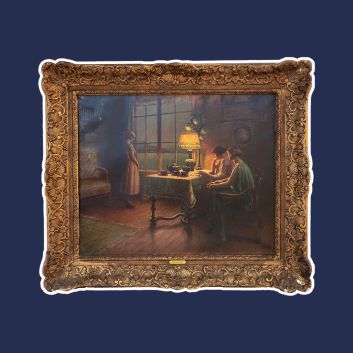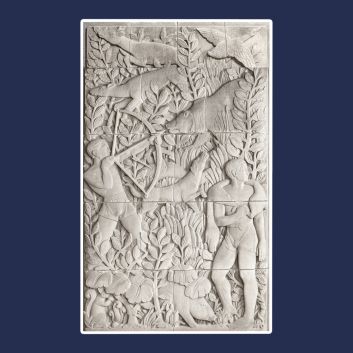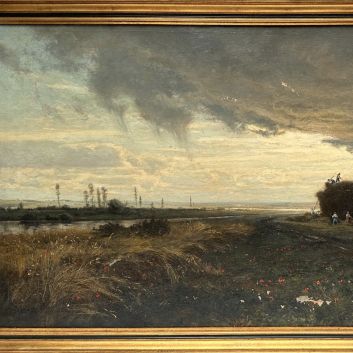Rating and value of Otto Dix's paintings, drawings and prints
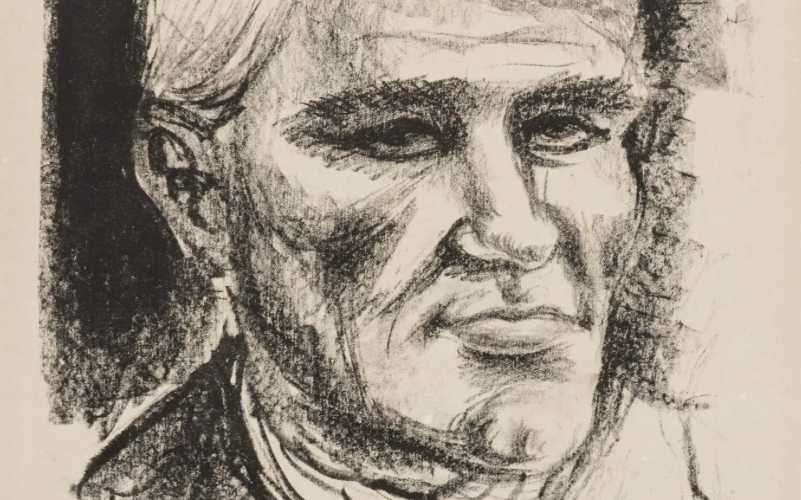
If you own a work by or based on the work of the artist Otto Dix and would like to know its value, our state-approved experts and auctioneers can help you. Our specialists will carry out a free appraisal of your work, and provide you with a precise estimate of its value on the current market. Then, if you wish to sell your work of art, we will guide you towards the best possible means of obtaining the best possible price.
Artist's rating and value
Otto Dix's value on the art market is quite high. His most prized works are his expressionist canvases and his drawings of broken faces. The artist is particularly prized among 20th-century German painters and draughtsmen. Otto Dix's works sell for between €10 and €5,098,190 at auction. In 2016, his painting Schwangeres Weib (oil on canvas), dating from 1919, sold for €3,159,840, compared with an estimate of €2,633,200 to €2,949,800.
Order of value from the most basic to the most prestigious
Technique used | Results |
|---|---|
Print - multiple | From €10 to €326,270 |
Drawing - watercolor | From €200 to €1,518,880 |
Oil on canvas | From €2,860 to €5,098,180 |
Response in less than 24h
Artist's style and technique
Otto Dix was part of the Expressionist movement, particularly German Expressionism. His compositions incorporate numerous references to the history of German art. He was one of the founders of the New Objectivity movement during the Weimar Republic, which brought together post-Expressionist artists whose works had a rather protesting tone. He produced numerous paintings, drawings and prints.
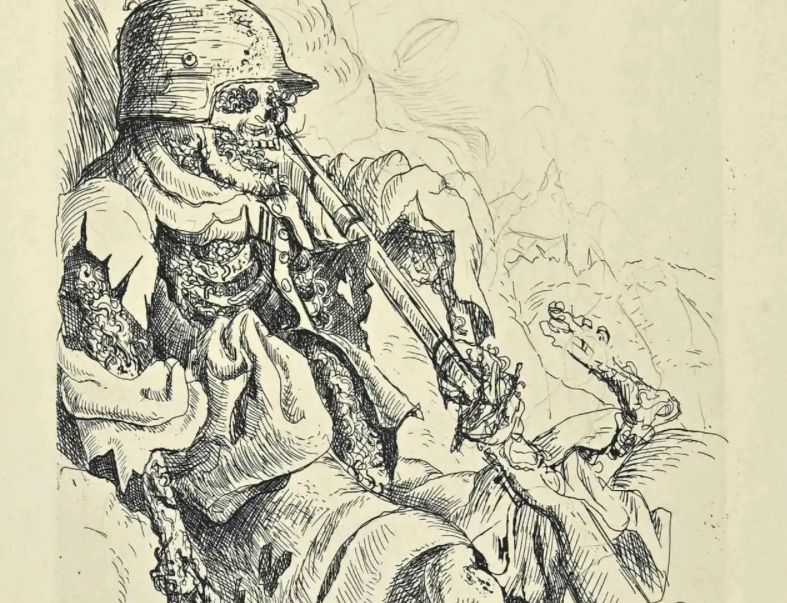
Otto Dix, from soldier portraits to degenerate art
Otto Dix (1891-1962) was a 20th-century German painter and printmaker.
He grew up in a working-class environment, where his mother gave him an artistic education. At a relatively early age, he took drawing lessons from Ernst Schunke and Carl Senff, the latter questioning his pupil's talent. He entered the Dresden School of Applied Arts, where he produced his first Cubist and Futurist works, and was also influenced by the Dada group, thanks to a scholarship provided by the Prince of Reuss. He studied there until 1914 - when he was drafted into the German army. He spent a long time in training camp, and was sent to the front in 1915, having volunteered. He was trained as a machine-gunner, which enabled him to take part in several military campaigns, but also traumatized him for life. He emerged from the experience alive, albeit with significant physical and psychological injuries.
His paintings bear witness to this, first with a series of etchings entitled Der Krieg, then with meticulously composed oil on canvas works, as part of a post-war pictorial trend advocating a return to order, aimed at safeguarding masculine virility challenged by the war - not least because of the soldiers' physical appearance, but also because of their traumas. Otto Dix's work is deeply marked by his fears, and he had violent nightmares long after the war, which he tried to externalize through painting. He wrote: "I dreamt that I had to crawl through ruined houses (seriously), through corridors where I could barely pass. Ruins were always present in my dreams".
He fought against the figure of the New Woman (see Portrait of journalist Sylvia von Harden), until the Nazis came to power. Otto Dix was one of the first to be dismissed, and his works were branded "degenerate" by the Nazis in 1937. His triptych War, the result of three years' work up to 1931, was banned by the Nazi authorities.
All his life, his aim has been to convey the reality and violence of war through art.
He died in 1969 in Germany.
Otto Dix's influence on his time
Otto Dix is one of the most famous painters of his time. The author of a considerable output, his works are exhibited in museums around the world, but it is private collectors who play the greatest role in preserving his work. He left a lasting imprint on twentieth-century art history, and documented the physical and emotional plight of soldiers who came out of the Great War alive.
His signature
Although there are variations, here is a first example of its signature:

Appraising your property
If you happen to own a work by or after Otto Dix, don't hesitate to request a free appraisal by filling in the form on our website. A member of our team of experts and certified auctioneers will contact you promptly with an estimate of the value of your work, as well as any relevant information you may require. If you are planning to sell your work, our specialists will also be on hand to offer you alternatives for selling it at the best possible price, taking into account market trends and specificities.
Response in less than 24h
Related topics
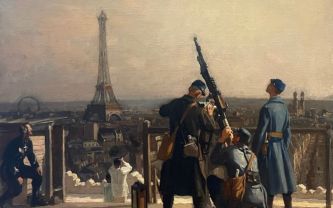
Rating and value of paintings and drawings by Auguste Leroux
Auguste Leroux is a 20th-century painter of portraits and genre scenes. His works are appreciated and quoted at auction.
Read more >
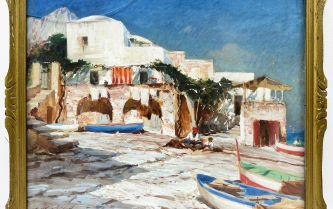
Rating and value of Russian paintings by Constantin Westchiloff
Constantin Westchiloff is a Russian Impressionist painter who produced paintings that are sought after by collectors and are increasing in value.
Read more >
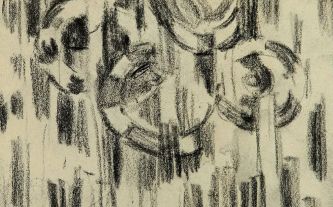
Rating and value of paintings by Frantisek...
Frantisek Kupka is an abstract painter who produced works that are highly rated and valued at auction. Estimate in 24h.
Read more >
Secure site, anonymity preserved
State-approved auctioneer and expert
Free, certified estimates
